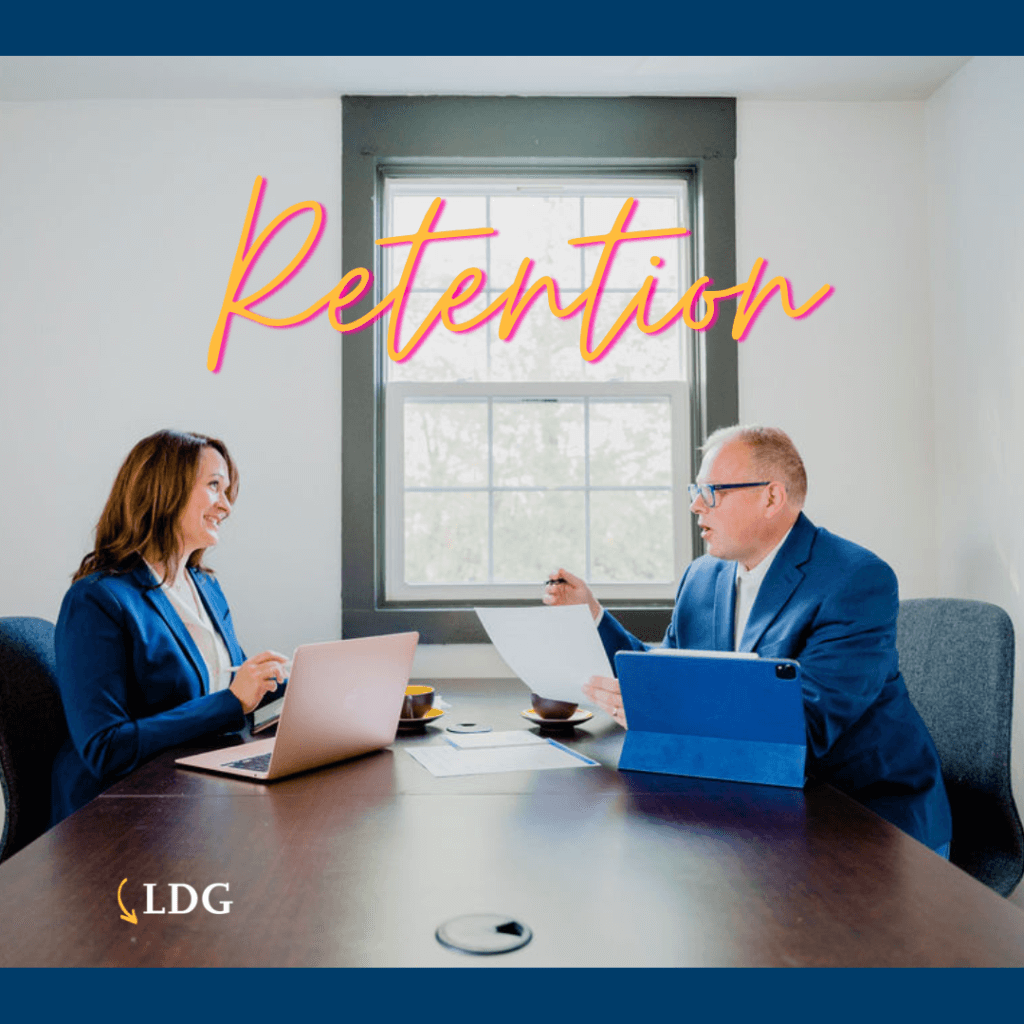
The topic of employee retention in a tight labor market has perhaps never been more important than it has been over the past two years. Since the COVID-19 pandemic shook up the global economy with every kind of disruption it could muster, the long term impact on the labor market in the United States has seen the largest effect on the shortage of available workers in a variety of fields.
And when it is proving challenging to find the right team members for the job, the focus shifts to the importance of retaining the strong employees you do have. At Leadership Development Group, this topic has always been an important element of our training, consulting, and workshop series. Building a strong team that is productive and happy is a defining achievement for any leader.
Recently, we developed a three-part series on retention first delivered in our Drama Free Living podcast. We wanted to transform the series into articles to meet the needs of our visual learners and to expand our discussion into the digital space where it can reach more people.
Part One: Retaining Employees is a One-to-One Effort
When we talk about retention, the first thing we like to emphasize is the importance of leaders understanding the needs and desires of the team they are leading. Ultimately, the key to retention is retaining employees in the ways they want to be retained. Companies often get this wrong by throwing flashy gimmicks at their employees in a one-size-fits-all effort. This approach might include a game room, “unlimited vacation” (as long as you get your work done), an open bar every afternoon, or wellness initiatives that include free workout classes during the day. Sure, these perks have their place in the culture, but they should not be relied on as a complete retention strategy.
Instead, successful retention takes place one-to-one, between the employee and their direct supervisor. After all, employees don’t truly leave companies, they leave their managers. An employer who truly knows their employees is able to focus on retention strategies suited to them.
What does this look like?
A successful leader retains their employees by understanding their goals, passions, and struggles (or what we like to call their GPS at Leadership Development Group). Just as the GPS on a vehicle directs where you want to go, the emotional GPS drives all action and motivation. If you know your employees’ goals, passions, and struggles, you have the formula to retain them.
An important caveat to the emotional GPS is also understanding your team member’s generational upbringing. In the workforce today, there are decades of years between the youngest and oldest employees, and their approach to work is decidedly different. For example, 25 percent of the workforce today was born between 1946 – 1964 (known as Baby Boomers) and tend to share some common characteristics. They are typically motivated by loyalty and duty, have a driving need for significance, and tend to overwork.
However, 35 percent of the workforce today born between 1981 – 2000 are known as Millennials — typically individualistic employees who value flexibility and autonomy, seeking purpose in the work they do beyond punching a timeclock. The differences between just these two age groups are vast and exemplify why a retention strategy based on the individual’s drivers versus a catch all approach is so crucial.
It might seem overwhelming to think of your retention strategy as a one-to-one effort, and taking the time to learn your team members’ emotional GPS might be daunting. That’s why we created the GPS Framework Worksheet. You can use this template in your next meeting to start understanding what is really important and motivational to your team.
Still struggling with retention on your team? Use the contact section of our website to set up a call to see how we can help.
"*" indicates required fields
Privacy Policy
Your information will not be shared with any third parties.
We do not sell or share email or phone contact information with any third parties for marketing or promotional purposes.
We do not share email or phone contact information with affiliates for marketing or promotional purposes.”